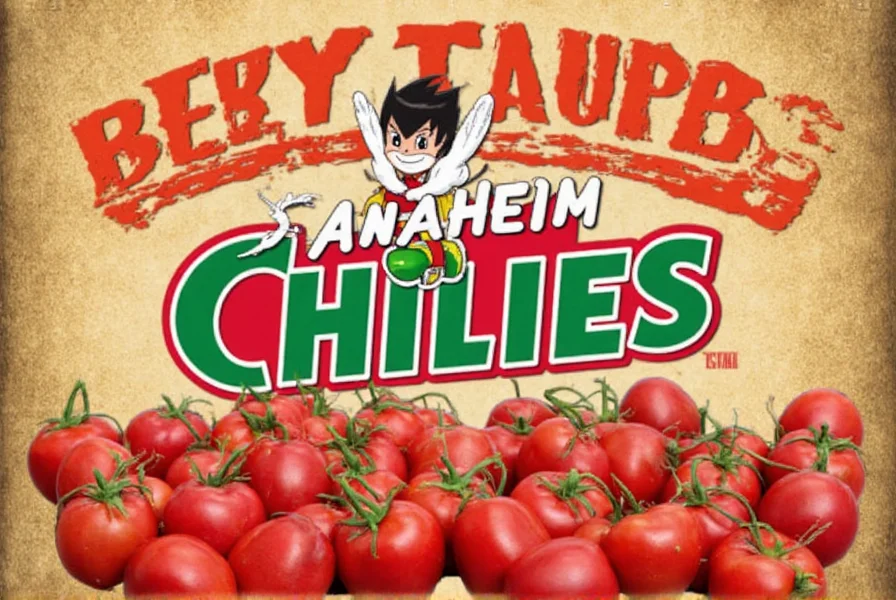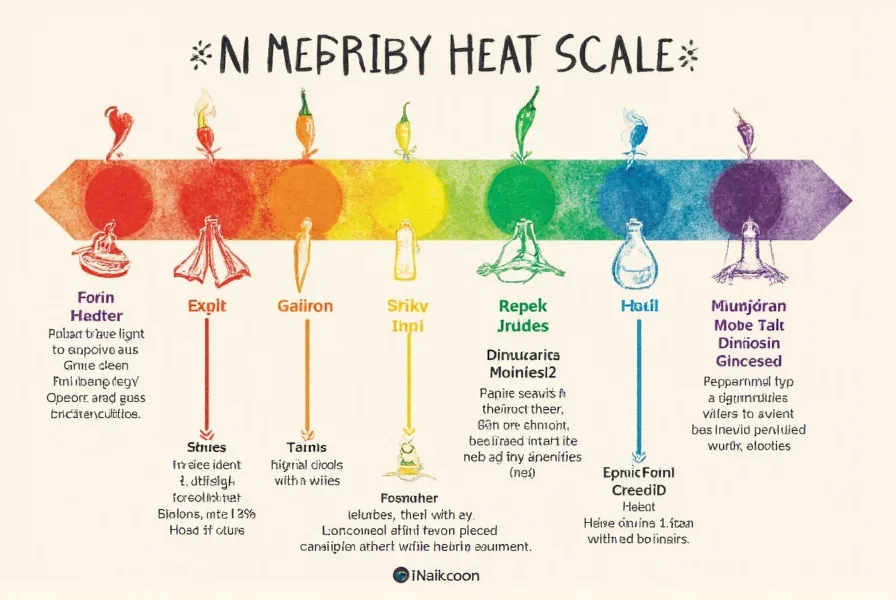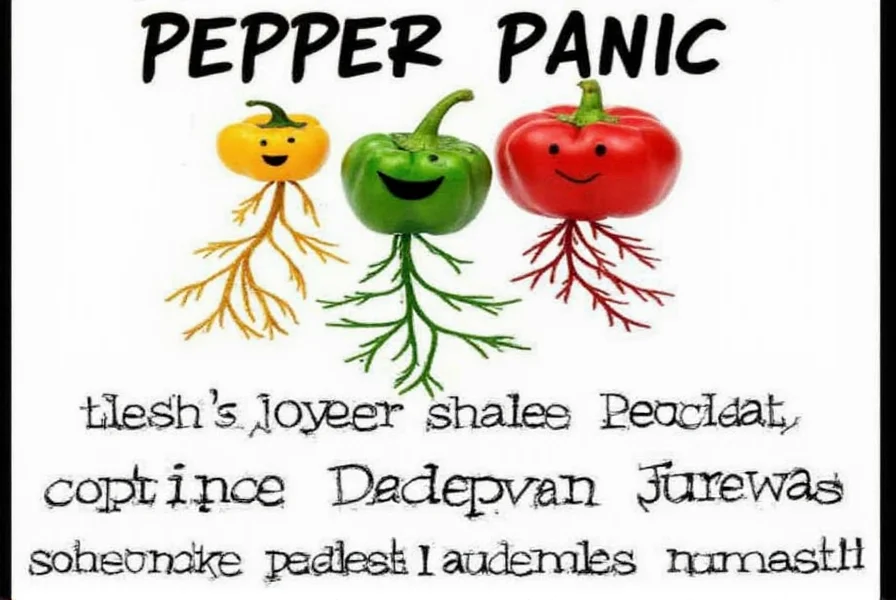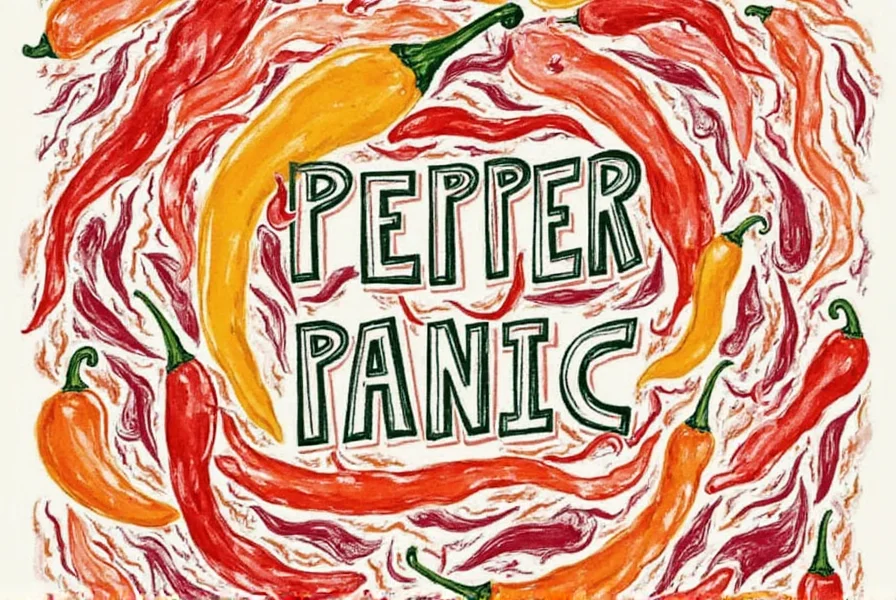Table of Contents
Introduction to Pepper Names
Peppers come in many varieties, each with unique names, heat levels, and culinary uses. This comprehensive guide provides essential details to help you choose the right pepper for your dishes.
Pepper Names and Heat Levels
| Pepper Name | Heat Level (Scoville Units) | Flavor Profile | Common Use |
|---|---|---|---|
| Jalapeño | 2,500 – 8,000 | Mild, slightly sweet, grassy | Guacamole, salsa, stuffed peppers |
| Habanero | 100,000 – 350,000 | Very hot, fruity, citrusy | Hot sauces, salsas, marinades |
| Ghost Pepper | 850,000 – 1,041,456 | Extremely hot, smoky, earthy | Spicy snacks, chili recipes |
| Bell Pepper | 0 – 100 | Crunchy, sweet, mild | Salads, roasting, stuffing |
| Chipotle | 2,500 – 8,000 | Smoky, deep, slightly sweet | Smoked sauces, stews, tacos |
| Cayenne | 30,000 – 50,000 | Sharp, spicy, tangy | Seasoning, hot sauces, pickling |
| Serrano | 10,000 – 25,000 | Hot, crisp, slightly sweet | Guacamole, salsas, stir-fries |

Buying Guide for Pepper Enthusiasts
When selecting peppers, consider these key factors:
- Jalapeño: Ideal for beginners. Versatile with mild heat, perfect for salsas and guacamole.
- Habanero: For intense heat lovers. Best in hot sauces and marinades where fruity notes complement spice.
- Ghost Pepper: Extreme heat; use sparingly in chili recipes or specialty dishes.
- Bell Pepper: Zero heat. Adds color and crunch to salads, roasts, and stuffed dishes.
- Chipotle: Smoky depth. Excellent in stews, sauces, and Mexican-inspired dishes.
- Cayenne: Sharp, consistent heat. Ideal for seasoning blends and hot sauces.
- Serrano: Crisp and hotter than jalapeños. Perfect for fresh salsas and stir-fries.
Always check for firmness, smooth skin, and vibrant color. Avoid peppers with soft spots or wrinkles for best quality.

Fun Facts About Pepper Names
Pepper names often reflect their origins or characteristics:
- The term "pepper" comes from Sanskrit maricha, later adopted by Greeks as piper.
- "Ghost Pepper" (Bhut Jolokia) means "ghost chile" in Assamese and ranks among the world's hottest peppers.
- "Jalapeño" derives from Xalapa, Mexico, where it was first cultivated.
- "Serrano" peppers are named after Spain's mountainous regions (sierras).
- "Padrón Pepper" is a Spanish variety where 1 in 10 peppers may be unexpectedly hot.
Frequently Asked Questions About Pepper Names
What's the difference between chili peppers and black pepper?
Chili peppers (Capsicum genus) and black pepper (Piper nigrum) are unrelated plants. The name confusion arose when European explorers mistook chili peppers for a fiery version of Asian black pepper.
Why are some peppers named after places?
Many peppers are geographically named: Jalapeño (Xalapa, Mexico), Serrano (Spanish sierras), and Anaheim (California). These names indicate origin or cultivation regions.
How do I know which pepper to use when a recipe just says "pepper"?
When recipes say "pepper" without specification, they usually mean black pepper. For fresh peppers, assume jalapeño for moderate heat or bell pepper for no heat. Always check recipe context for heat or color requirements.
Why do some peppers have multiple names?
Regional variations and marketing cause multiple names. For example, "chili", "chile", and "capsicum" refer to the same plant family in different regions. Some peppers are renamed for commercial appeal (e.g., red jalapeños called "cayenne" in some markets).
How can I remember pepper names and heat levels?
Start with basics: bell (mild), jalapeño (medium), habanero (hot), ghost pepper (extreme). Note patterns—peppers ending in "ño" (jalapeño, serrano) are typically medium-hot, while small wrinkled peppers (Thai chilies) are very hot. Use the Scoville scale as a reference and taste small amounts cautiously.
Are colorful bell peppers different varieties or ripeness stages?
Bell peppers are the same variety at different ripeness stages. They start green, then turn yellow, orange, and red as they mature. Purple bell peppers are a distinct genetic variety that retains its color. Red peppers are sweeter, while green peppers are more bitter.
Conclusion
Understanding pepper names and their characteristics enhances your culinary creativity. From the mild bell pepper to the scorching ghost pepper, each variety offers unique flavors and heat levels. Use this guide to confidently select peppers for any dish and explore the rich diversity of the Capsicum family.












 浙公网安备
33010002000092号
浙公网安备
33010002000092号 浙B2-20120091-4
浙B2-20120091-4